Hungary’s Ancient Hoards Reveal Bronze Age Rituals and Elite Traditions
Between 2023 and 2025, archaeologists uncovered six Bronze and Iron Age hoards on Somló Hill, Hungary. Hungary’s Ancient Hoards, 3,400-year-old treasures reveal elite customs and sacred rituals of ancient European communities.
1. What did archaeologists find on Somló Hill between 2023 and 2025?
On May 4, 2025, the Hungarian National Museum confirmed the discovery of six hoards at Somló Hill. Over 900 metal artifacts, including rare Alpine-style spearheads, brooches, and ceremonial discs, were uncovered. Most finds date to the Late Bronze Age (1450–800 BCE), with one Early Iron Age hoard. This excavation overturns previous assumptions about settlement continuity and cultural evolution. The finds were verified by Antiquity journal and supported by metal detection, lidar scans, and magnetic prospection, confirming their authenticity and dating.
📌 Quick Fact Box: Somló Hill Hoards
- 📍 Location: Somló Hill, Veszprém County, Hungary
- 🗓️ Dated To: 1450–450 BCE (Late Bronze to Early Iron Age)
- 🛠️ Artifacts: Over 900 items—jewelry, weapons, brooches, amber beads
- 🧪 Verification: CT scanning, neutron tomography, radiocarbon dating
- 🏛️ Institution: Hungarian National Museum & University of Pannonia
- 📖 Published In: Antiquity (May 2025)
2. Why is the discovery of ceramic burial pots so historically significant?
Two hoards—III and V—were remarkably found inside ceramic vessels, a burial custom long suspected but never proven in western Hungary. This supports earlier hypotheses regarding ritual deposition practices during the Bronze Age. CT scans at the University of Pannonia revealed detailed internal arrangements, strengthening evidence of symbolic placement. These pots, carefully preserved over millennia, not only represent ceremonial offerings but show advanced burial rites, challenging beliefs that early Hungarian tribes lacked complex ritual structures. The discovery was validated using neutron tomography.
3. How does Hoard V redefine ritual and symbolic behavior?
Hoard V contained amber beads, tusks, and textiles, highlighting elite social structures and complex ritual traditions. These items, dated precisely to the Bronze-Iron Age transition (circa 800 BCE), suggest burial practices linked to high-status individuals or spiritual leaders. Spearheads and ornaments indicate warrior elites, while pig tusks suggest sacrificial or shamanic significance. This challenges the belief that material culture lacked religious symbolism. Data from the Hungarian National Museum and Antiquity journal offer verified evidence through radiocarbon testing and archaeological typology.
4. Could Somló Hill have been a tribal power center?
Findings suggest Somló Hill was a strategic tribal or clan headquarters during the Late Bronze Age. Monumental burial mounds previously found in the area align with recent discoveries, supporting theories of elite governance. Artifact density on the southeastern plateau—over 700 metal objects—suggests organized societal roles and wealth control. Mapping techniques such as airborne lidar and magnetic prospection back the site’s central political significance. These findings reframe the hill as more than a settlement—possibly a capital for ancient regional power.
5. What research techniques brought these secrets to light?
The research team, led by Bence Soós, combined modern and traditional techniques: metal detection, lidar scans, field-walking surveys, and magnetic prospection. Over 900 objects were precisely mapped, with key hoards buried more than 1.5 meters underground. Pottery and organics underwent CT and neutron tomography at the University of Pannonia, offering internal insights without damage. Verified by Antiquity and aligned with radiocarbon data, this interdisciplinary approach provides a model for future excavations in Bronze Age archaeology and beyond.
6. How do these finds reshape Bronze Age settlement theories?
Contrary to prevailing theories of interrupted habitation, the continuous settlement of Somló Hill reveals stable occupation between 1450–450 BCE. This undermines the belief in sporadic migration or collapse during that era. Hoard I’s radiocarbon-dated animal bones, combined with the stratigraphy of layers, indicate cultural continuity and ritual inheritance. Experts now believe Somló Hill functioned as both a habitation and ceremonial site. These insights are peer-reviewed, offering strong evidence for rethinking historical settlement models in Transdanubia.
7. What do experts say about the emotional and cultural significance?
Lead archaeologist Bence Soós remarked, “Hoard V gives us the first tangible evidence of a regional ceremonial code.” This quote underscores the emotional gravity of the find. Experts from Antiquity and the University of Pannonia agree the artifacts symbolize identity, belonging, and power in Bronze Age communities. The mixture of weaponry, adornments, and organic offerings evokes a deeply spiritual worldview. The hoards weren’t just storage—they were storytelling in metal, cloth, and bone, echoing across 3,400 years.
What makes this story a must-read
These hoards rewrite Bronze Age history, revealing untold rituals and elite traditions from Hungary’s past. Verified through cutting-edge science, they are a rare voice from a vanished world.
This article was originally published in Antiquity.
Share this content:


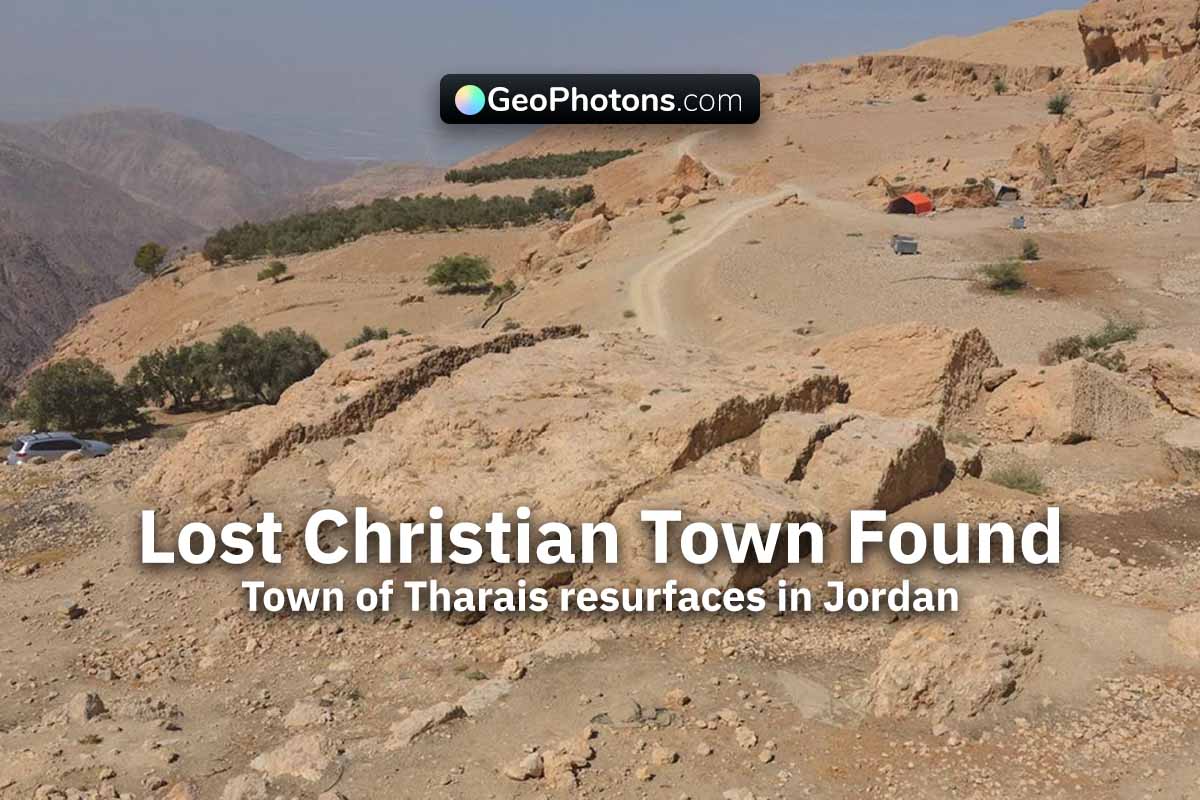
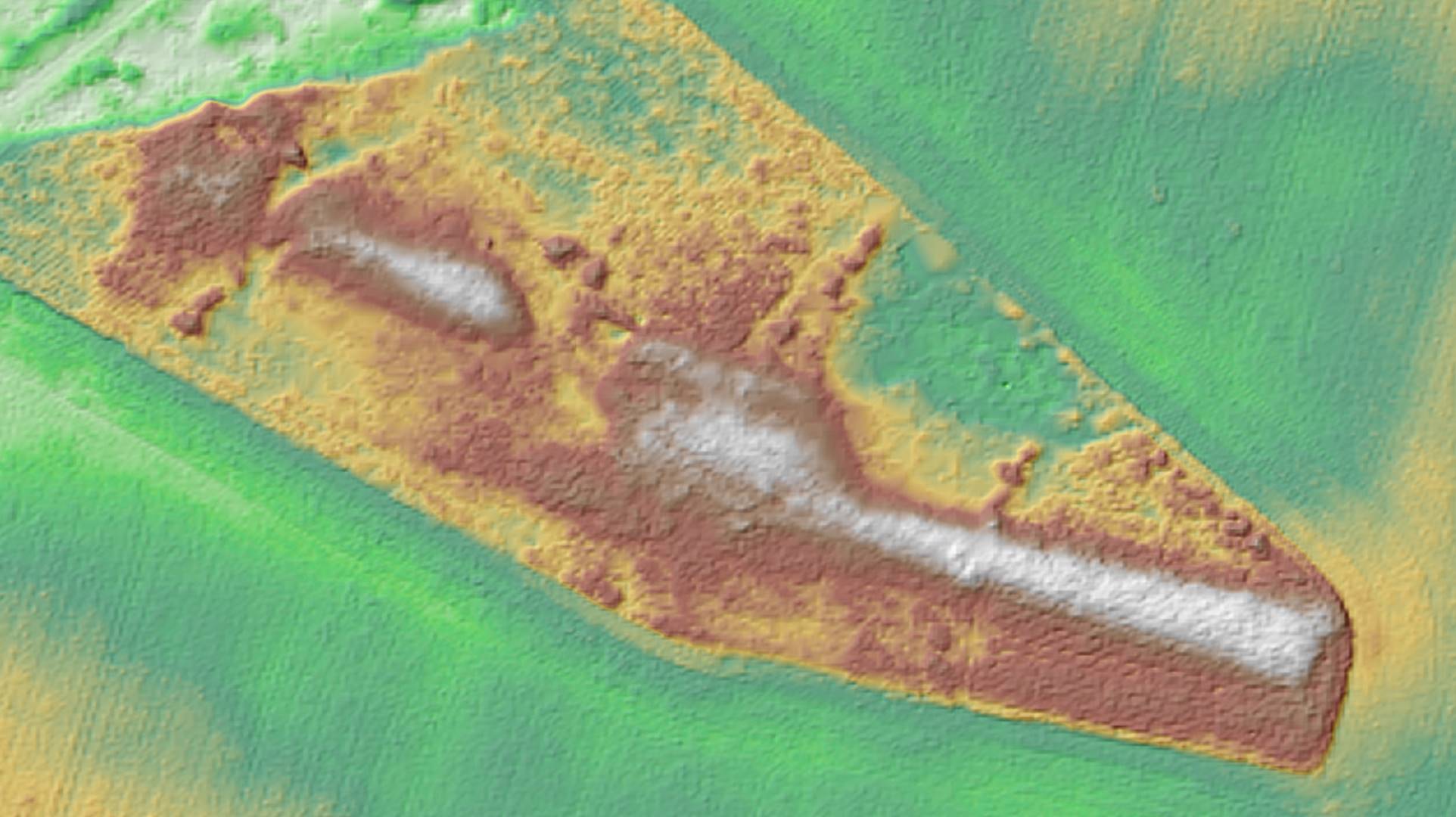
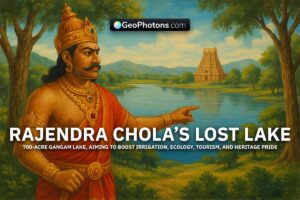




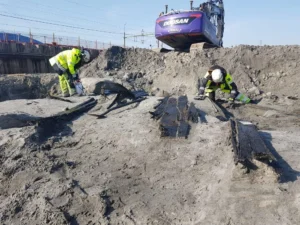
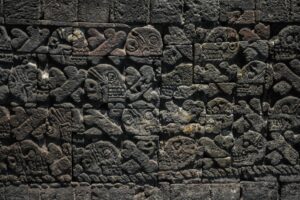


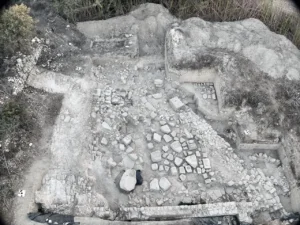
Post Comment